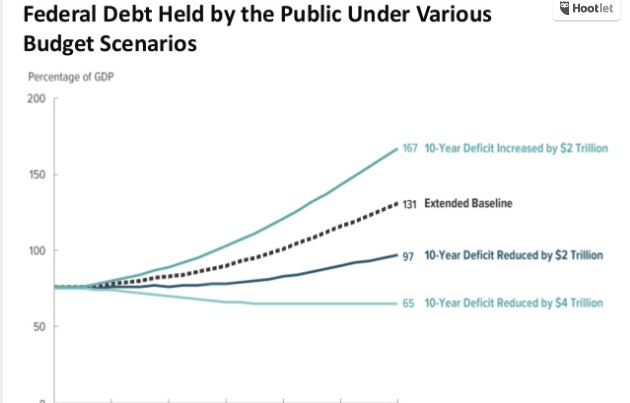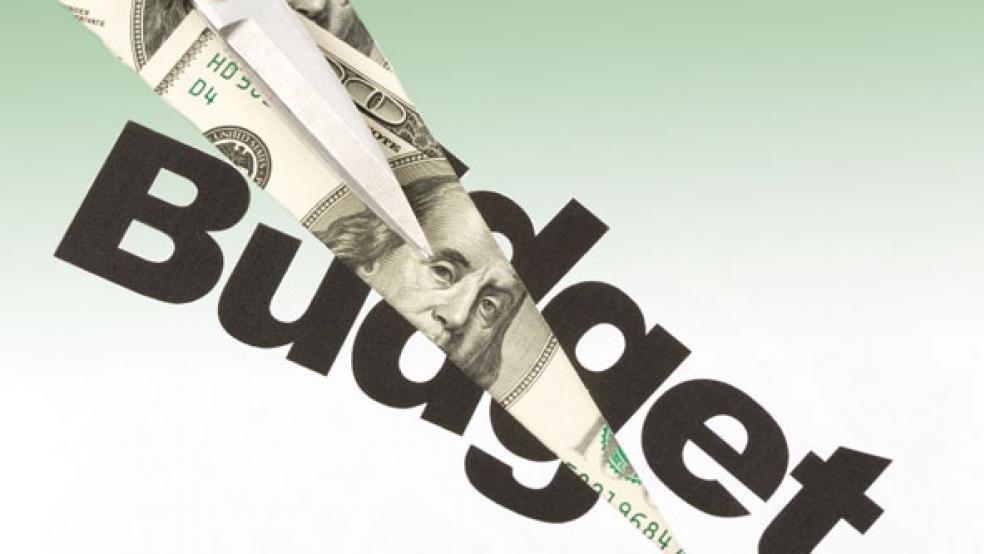Congressional Budget Office Director Keith Hall on Wednesday painted a grim picture of the country’s long-term budget outlook, warning that the steady growth of spending on government health care programs and Social Security have created “a long-term trend in budget [that is] unsustainable.”
Speaking in Washington, at the 2016 Fiscal Summit sponsored by the Peter G. Peterson Foundation, Hall warned, “In 2016, the federal budget deficit will increase, in relation to the size of the economy, for the first time since 2009.... If current laws generally remained unchanged, the deficit would grow over the next 10 years, and by 2026 it would be considerably larger than its average over the past 50 years.”
Related: Why You’re Not Getting a Raise Anytime Soon
Looking forward, Hall warned, current projections show the amount of federal debt held by the public as a percentage of Gross Domestic Product jumping dramatically from less than 80 percent in 2015 to more than 130 percent in 2040.
The effects of a much higher level of debt as a share of GDP, Hall said, would have cascading effects throughout the economy, hampering the ability of lawmakers to respond to crises, reducing individual workers’ earnings, and limiting the government’s spending on a variety of its functions as debt service become a larger and larger share of the government’s outlays.

In order to avoid that scenario, he said, “lawmakers would have to make major changes to tax policies, spending policies, or both – by reducing spending for large benefit programs below the projected amounts, letting revenues rise more than they would under current law, or adopting some combination of those approaches. The size of such changes would depend on the amount of federal debt that lawmakers considered appropriate.”
For example, he said that cutting $2 trillion from the federal deficit over the next ten years would reduce the CBO’s projection of the level of debt held by the public to 97 percent of GDP by 2040, but would still be on an upward trend.
Related: How to Retire Comfortably While You’re Still in Debt
To keep levels of debt flat would require slashing $4 trillion from federal spending over the next ten years, raising revenue an equal amount, or some combination of both. At that point, he said, the percentage of debt to GDP is “getting relatively flat over time but still very high by historical standards.”
Bottom line, Hall said, “This really requires quite a large change just to keep us somewhere in the ballpark of where we are right now.”
Pete Peterson funds The Fiscal Times, an independent news and opinion organization, as a private venture. The Fiscal Times is not associated with The Peter G. Peterson Foundation.





